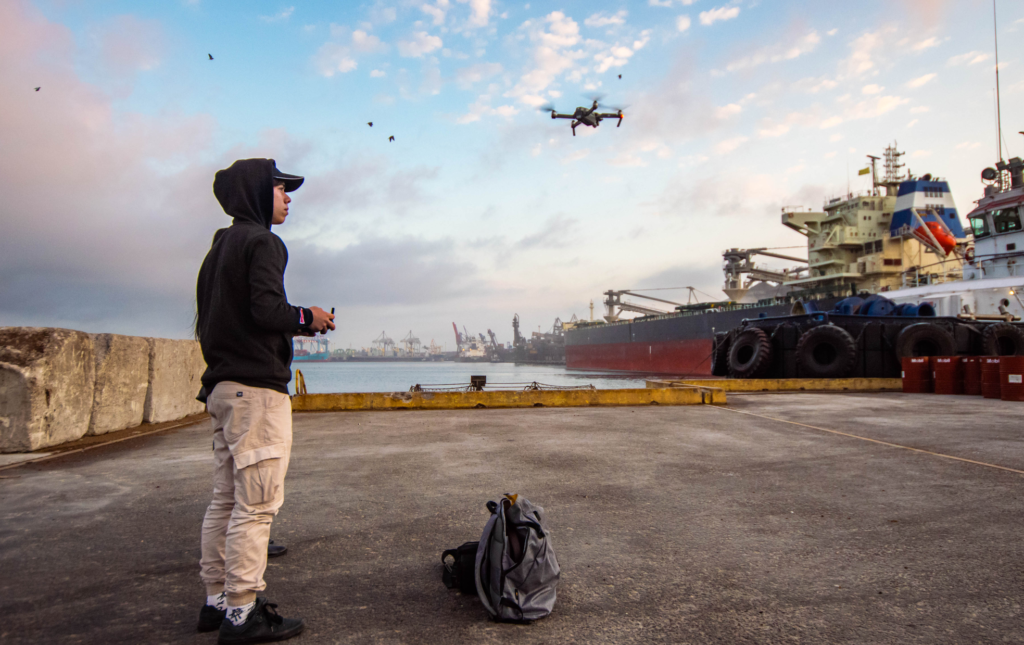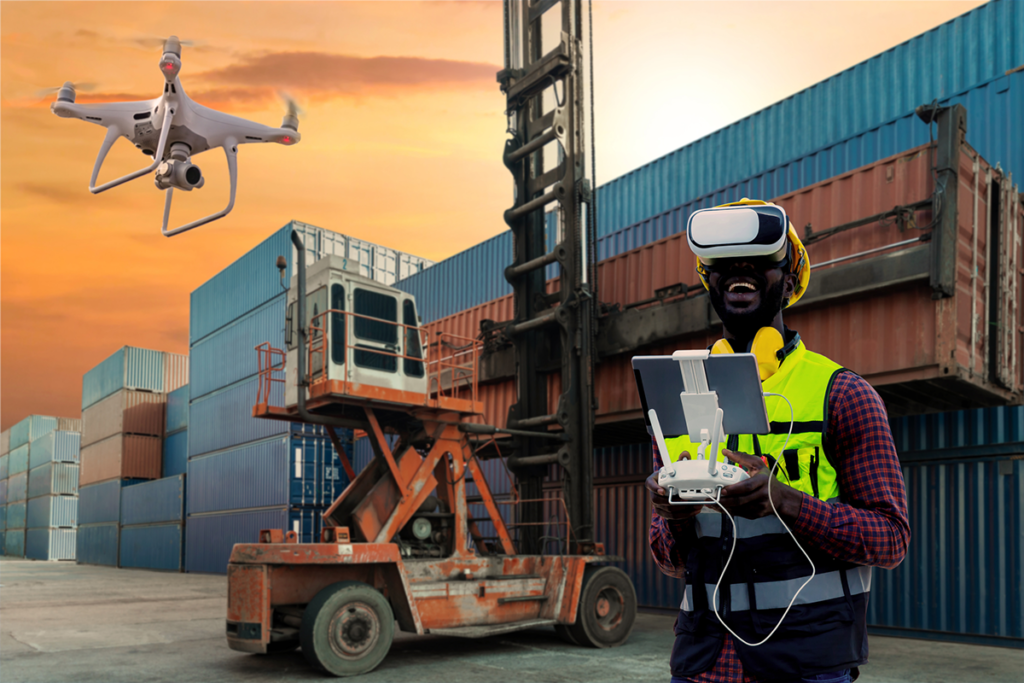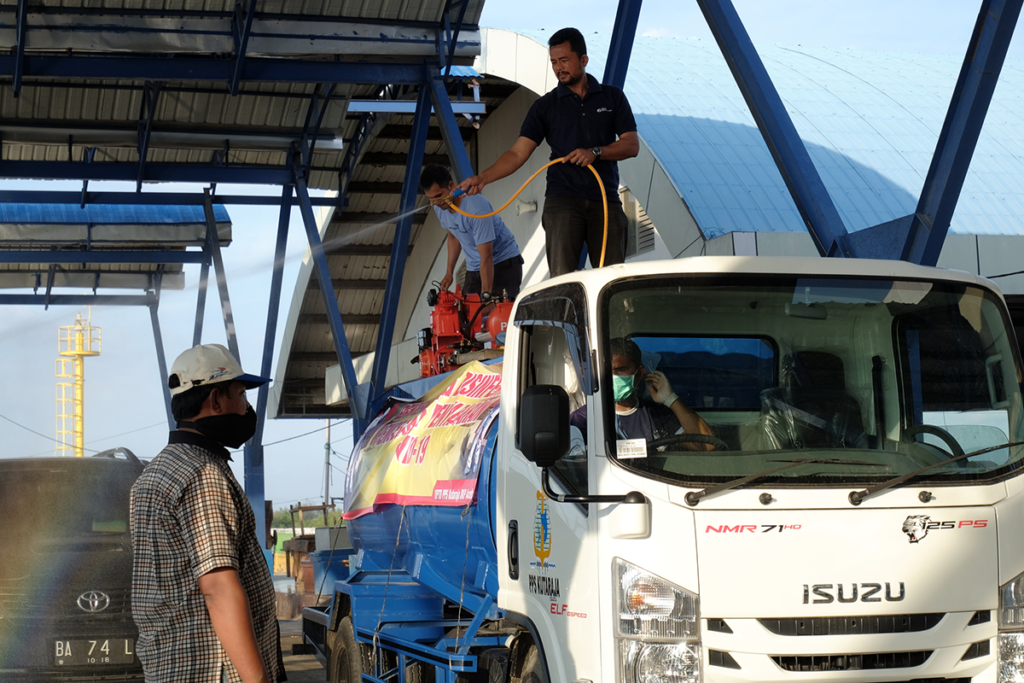It may be sooner than you think
By Kenneth Saunders *
News breaks out that a cholera epidemic is raging on a distant continent. Less than two months later, the outbreak is at your portside. A vessel arrives with a single crew member who is discovered to have been infected by the highly contagious disease. Before you have a chance to consider the options, you learn that a member of your operations team has been in close contact with the infected crew member from the vessel. Your mind begins to spin as you consider the possible catastrophic fall-out of a widespread outbreak at the port. A large portion of your staff could become infected before there is time to implement effective safety measures. Those staff members could, in turn, infect family members at home, leading to an even bigger outbreak within the community.
While fears have begun to subside and life seems to have resumed its pre-Covid 19 pace in countries around the world, the possibility of a pandemic or outbreak of any kind always looms around the corner. For management at the world’s ports of entry, the prospect is one that remains within the collective consciousness, despite the reduction in threat of the latest pandemic. However, there are ways to make resilience in the face of such threats standard operating procedure.
 Progress in any endeavor requires that you mitigate threats. You assess risks, identify threats and put measures in place to reduce the likelihood of negative impacts.
Progress in any endeavor requires that you mitigate threats. You assess risks, identify threats and put measures in place to reduce the likelihood of negative impacts.
In the wake of the Covid 19 pandemic, we can draw lessons from the experiences we have had for the past two years. The learning begins with a candid discussion about what happened – what was done to mitigate threats and then identifying what worked well and what did not.
 According to the United Nations’ International Labour Organization (ILO), the pandemic’s impact resulted in the loss of the equivalent of over 250 million jobs around the world.[1] The devastating losses were especially painful for smaller countries in regions like the Caribbean, where much of commerce came to a near halt.
According to the United Nations’ International Labour Organization (ILO), the pandemic’s impact resulted in the loss of the equivalent of over 250 million jobs around the world.[1] The devastating losses were especially painful for smaller countries in regions like the Caribbean, where much of commerce came to a near halt.
A thorough investigation of how the pandemic affected local seaports is beneficial for bracing for the next major threat. Such an investigation should focus on those aspects of operations that allow ports to continue to function effectively.
Automation
Automation (and particularly digitalization) is one of the most effective strategies for preparing for the inevitable. Use of remote cameras or drones for inspections or, where feasible, the use of remote operated gantry cranes and yard equipment are examples of how automation can help to reduce interpersonal interactions.


Automation/digitalization will also reduce the risk of disease transmission between port personnel and vessel crew who would otherwise be working in close proximity to each other. Circumstances occasioning inter-personnel interaction may involve marine pilots on board incoming vessels; stevedores securing vessels; port workers changing shifts and operating machinery; and, of course, interaction between and among office workers. The danger is by no means a one-way threat. Infection among dock workers could spread to affect the ship crew.
The use of personal protective equipment (PPE) played a crucial role in limiting the spread of disease during the Covid-19 pandemic. Social distancing and diligent sanitization of common surfaces and workspaces also helped to contain the spread of the virus.
Despite the fact that several measures of protection proved effective to control the spread of the Covid-19 virus, I perceive a tendency in reginal ports to return as quickly as possible to the status quo that existed prior to the pre-pandemic. Yet, it makes sense to consider a new normal in which we maintain some of the protocols that proved effective as safety measures. In doing so, we eliminate the need to relive the sudden and uncomfortable dislocations and the restrictive protocols that may be necessary with future health emergencies involving life-threatening communicable diseases.
Strategies
Strategies to sustain the new normal created by the Covid-19 pandemic could include the retention of operational adjustments like remote work. Where feasible and practical, work schedules that facilitate 60/40 or 50/50 per cent ‘in-office’ to ‘at-home’ work could be implemented.
 Where sanitization is concerned, ports can place hyper-focus on sanitary practices with the use of environment-friendly products that ensure ‘clean’ workspaces and which limit the possibility of contagion. Additionally, port management at all levels must remain ever-vigilant of action or processes that compromise public health. The Covid-19 pandemic demonstrated the vulnerabilities of regional seaports and whole populations to epidemics that may be raging in distant places.
Where sanitization is concerned, ports can place hyper-focus on sanitary practices with the use of environment-friendly products that ensure ‘clean’ workspaces and which limit the possibility of contagion. Additionally, port management at all levels must remain ever-vigilant of action or processes that compromise public health. The Covid-19 pandemic demonstrated the vulnerabilities of regional seaports and whole populations to epidemics that may be raging in distant places.
Resilience during pandemics demands meticulous and responsive planning. Port managers at all levels must remain mindful of the worst-case scenarios and anticipate what it would take to maintain a reasonable level of activity at port while sustaining the necessary levels of security, safety and order.
The Covid-19 pandemic taught many lessons. We forget those lessons and the catastrophes we experienced at our peril. []
[1] COVID’s led to ‘massive’ income and productivity losses, UN labour estimates show | | 1UN News
- First published 2023, January 30
* Kenneth Saunders is a specialist in seaport productivity and revenue generation at kennethsaundersconsulting.com.






